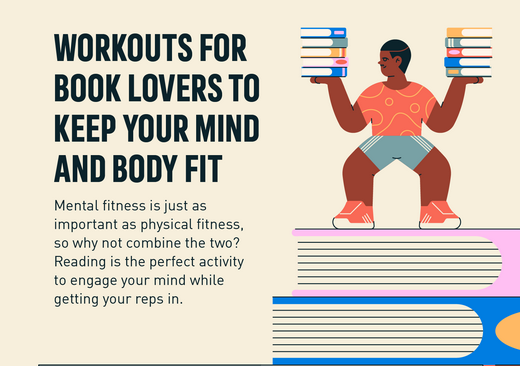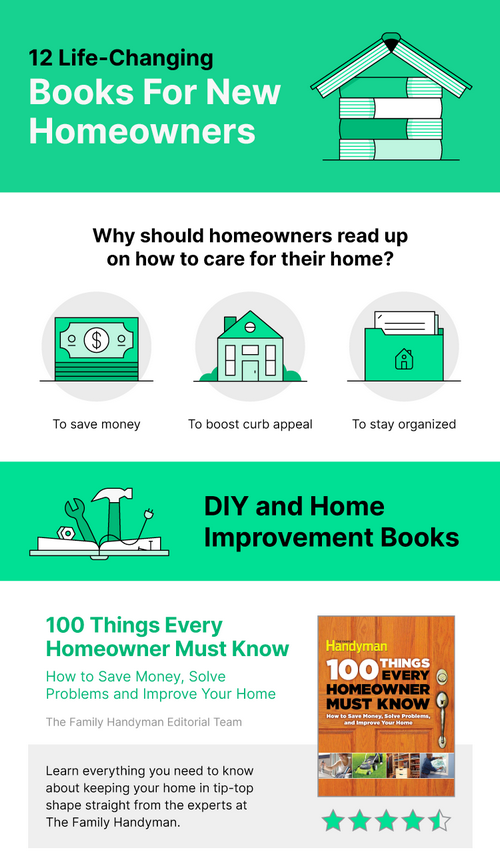The friendly and talented people over at Siege Media dropped by the other day with another great infographic. Check out the nice intro they provided and then the infographicgraphic. I’m going to be trying these myself.

It can be easy to get lost in a good read—laying on your couch, bed, or in your reading nook for hours at a time because the book is just too good to put down. Then, you get up and wonder where the time went. Instead of lounging while you read, why not exercise, too? Reading is the perfect activity to engage your mind while also engaging those muscles!
Here are a few workouts you can try while reading a book that supports your mental and physical fitness.
1. Literature Leg Raises
You can still relax from your couch or bed while feeling the burn of these literature leg raises. Get comfy in your favorite pair of yoga leggings, grab your favorite book and lay back for a workout that targets your abs and core.
To start, lie down on your back while holding your book with both hands in front of you. Keep your legs straight and lift them toward the ceiling. Then, slowly bring them back down while keeping your core engaged. Repeat this for four sets of 10 to 12 reps or until you feel a good burn.
2. Trilogy Treadmill Walk
One of the easiest ways to work out while reading is to prop your book right up on the treadmill while you walk. Whether you’ve got your treadmill in your home library or you’re heading to the gym, walking on the treadmill helps target your quads, hamstrings, glutes and calves and can be a great way to relieve the stress of the day.
Begin by placing your book on the treadmill so it’s directly in front of you. Then, start walking at a speed that’s manageable for you. Once you’re warmed up, increase the incline level for an added burn. Walk for about 30 minutes or make a goal to walk until you’ve read a certain amount of pages or chapters. For example, walk until you’ve read 5 chapters or 100 pages.
3. Page Turner Planks
Planks are great for targeting your core and lower back and the burn won’t feel so bad if you’ve got a good book to keep you occupied. Begin in a push-up position with your book on the floor. Then, lower yourself onto your forearms. Tighten and engage your abs and core and hold for 30 to 60 seconds, or until you’ve made your page or chapter goal.
To find out the rest of the seven exercises you can do while reading a book, check out the infographic below.
![]()



.jpg)


